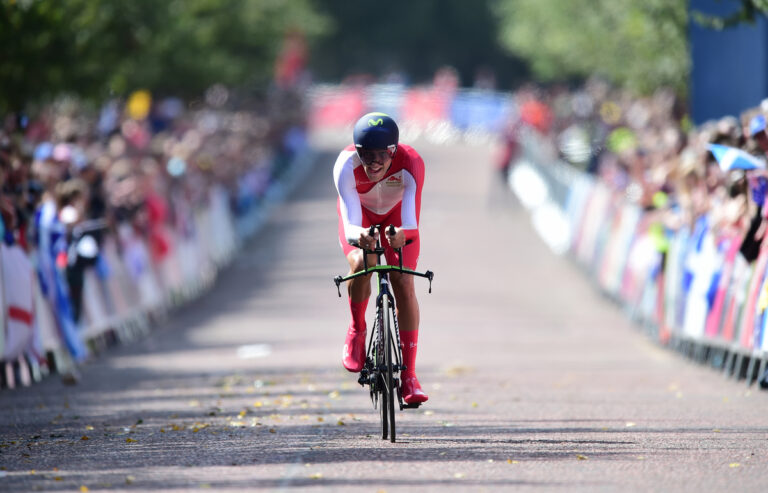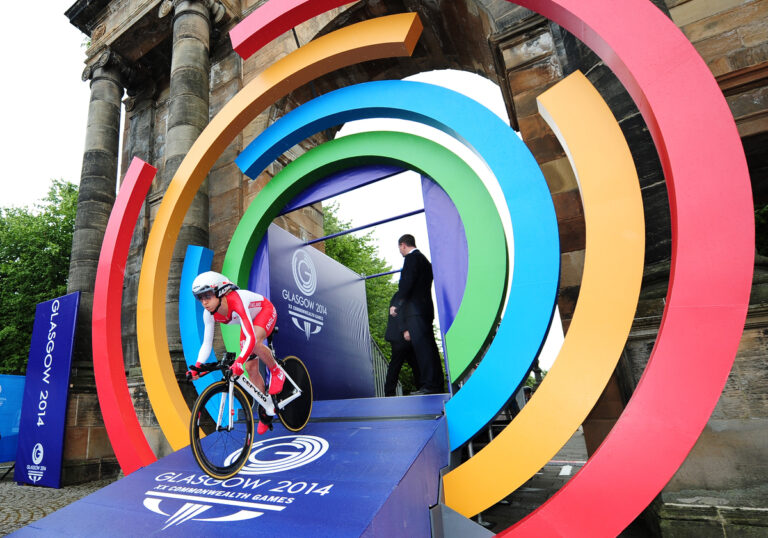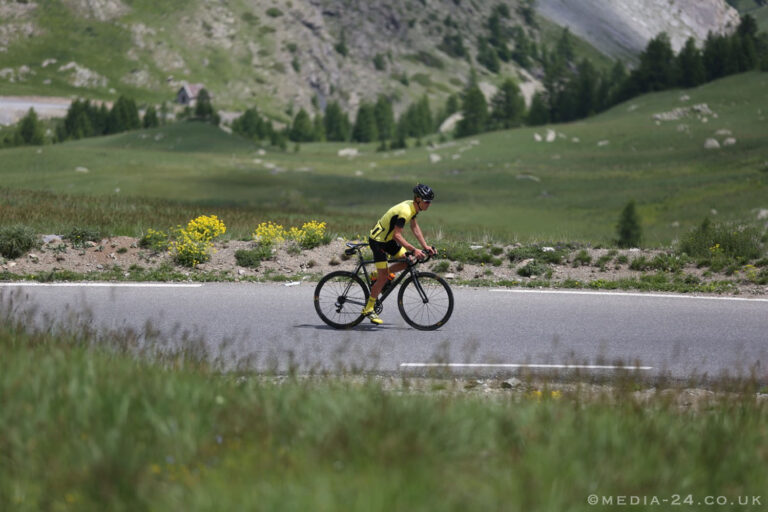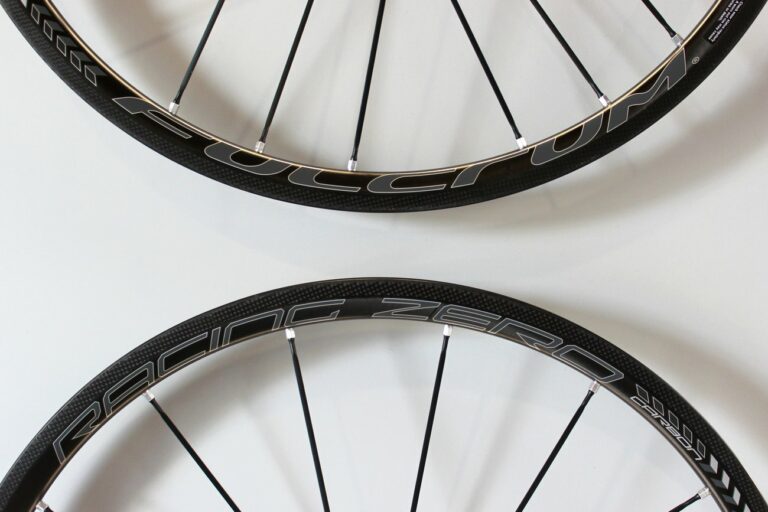This is the bike on which Marcel KIttel (Giant-Shimano) won stage one of the Tour de France.
The German sprinter powered his Giant Propel Advanced SL to victory on the uphill finish into Harrogate, Yorkshire, out-pacing Peter Sagan (Cannondale Pro Cycling) to pull on the first maillot jaune of the 2014 race, while Mark Cavendish (Omega Pharma-QuickStep) was left at the roadside after crashing on the run-in to the line.
The Propel, first launched in January 2013, is Giant’s aero road bike and one which seeks to cheat the wind in order to make the most of Kittel’s incredible power.
The frame’s teardrop tube profiles are designed to slice through the air, while the V-brakes (with the front brake hidden behind the fork) used by the Giant-Shimano team adopt a low profile to smooth air flow. Kittel’s Propel is dressed in team issue kit, with a Shimano Dura-Ace Di2 groupset, Shimano C50 wheels, Vittoria Corsa SC tubular tyres and PRO finishing kit.
Let’s take a closer look at the machine first across the line in Harrogate.






